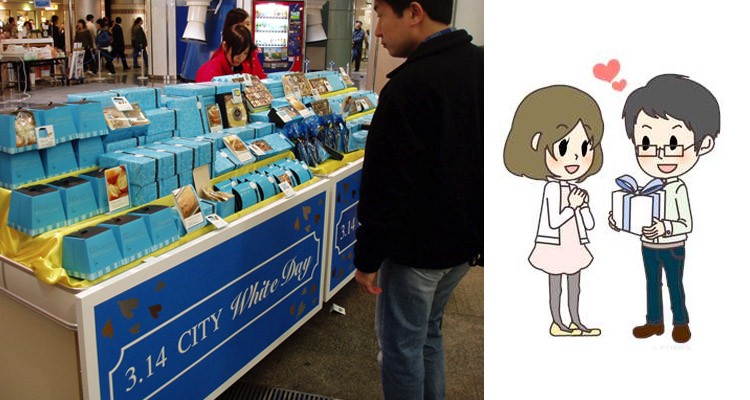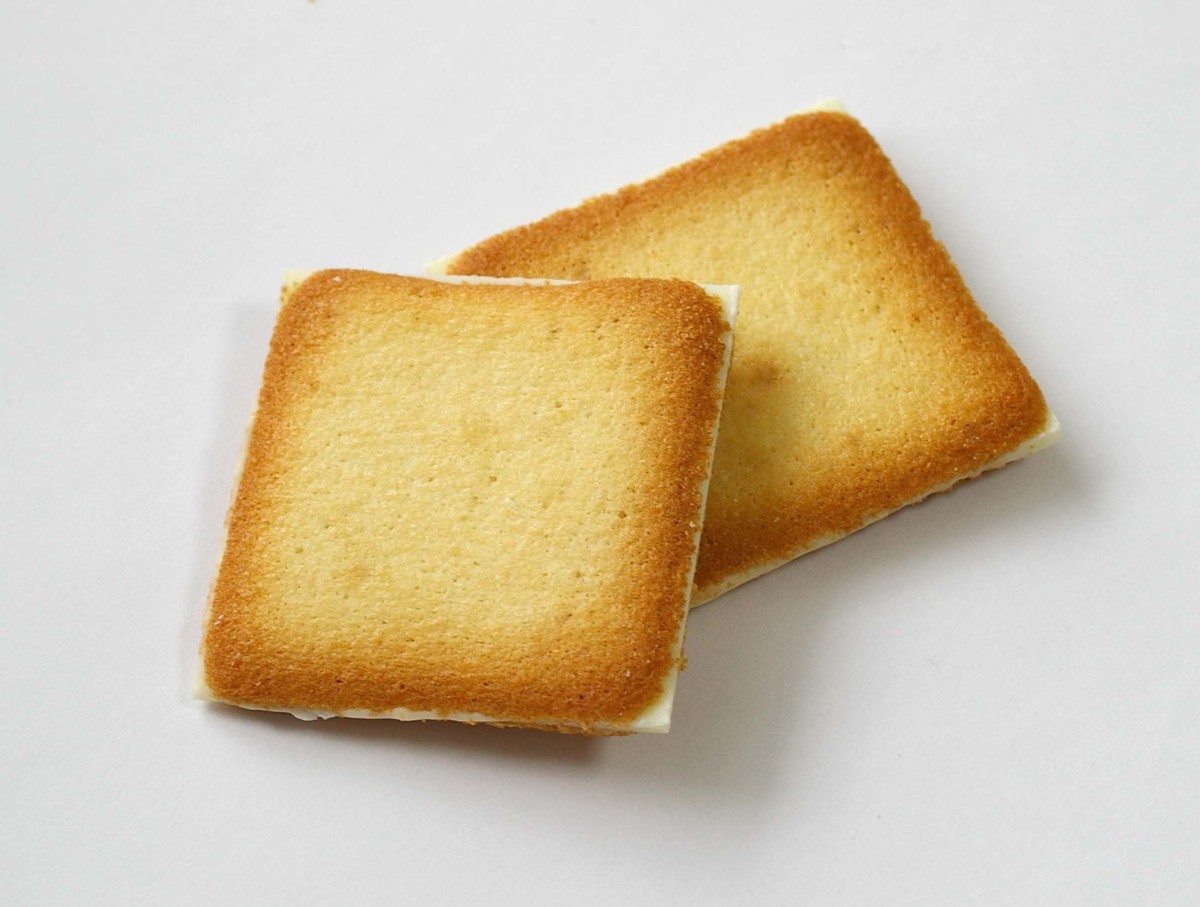In Japan, gifting goes far beyond a simple exchange of objects; it is a true art that carries centuries of traditions and cultural values. The term "omiyage" (お土産), translated as "gift," "souvenir," or "memento," is a manifestation of this deeply rooted custom. These small tokens, found at any tourist spot in the country, represent gratitude, affection, and closeness.
While in other cultures giving a gift may be something punctual or occasional, in Japan it is seen as a nearly mandatory social act in certain situations. More than just an object, the omiyage expresses respect and consideration for the relationship with the other, being a practice intrinsically linked to the Japanese concept of giri (義理), or "social obligation."

Table of Content
Types of Omiyage and Their Occasions
The practice of omiyage is extremely versatile, encompassing various types and specific occasions. Knowing these variations is essential to understand the meaning behind the act of giving gifts.
1. Omiyage (お土産): Travel Souvenirs
The most common type of omiyage involves bringing gifts from a trip. Whether typical sweets, handicrafts, or regional products, these items are a way to share the experience of your journey with family, friends, or coworkers. For example:
- Kyoto green tea: A classic gift for lovers of traditional drinks.
- Okinawa purple sweet potato: A local delight enjoyed throughout Japan.
- Hokkaido cheeses: Great for those who enjoy dairy products.
When traveling, the ideal is to choose something that reflects the culture or identity of the region visited. The careful packaging, characteristic of Japanese products, is also crucial.
2. Temiyage (手土産): Gifts for Visits
Whenever you visit someone, bringing a temiyage is practically a rule of etiquette. This gift can vary between foods, such as fruits, sweets or drinks, to typical products from your region. If you are visiting a friend who lives far away, bringing something characteristic of your place of origin shows consideration and effort.
3. Sashi-ire (差し入れ): Encouragement or Appreciation
The sashi-ire are gifts given to encourage someone who is about to perform an important task or as a thank you after its completion. A common example would be offering sweets or tea before a presentation or event. After the task, an additional gift called gawari meishi (替わり 名刺) can be given to express further gratitude.

Tips for Choosing the Ideal Gift
Choosing the perfect omiyage requires attention to detail, as in Japan what matters is not just the gift itself, but also its presentation and the implicit message within it.
If you want to save on gifts, we recommend avoiding stores in tourist spots and looking for something further away from the center. Unfortunately, Omiyage tends to be more expensive than enjoying local tourism.
1. Prefer Food and Consumables
The most appreciated gifts are those that can be consumed, such as sweets, cookies, or drinks. This avoids the recipient accumulating items that they may not use.
2. Take Care of the Packaging
The appearance of the gift is just as important as the content. Many omiyage come in decorated boxes or sophisticated packaging, which increases the perceived value. Personalizing the delivery with a card or dedication is another way to make the gift special.
3. Respect the Occasion
Certain gifts are more suitable for specific situations. In visits to hospitals, for example, it is important to avoid flowers like lilies or camellias, which have negative connotations in Japanese culture.

Are you going to Japan? Bring a souvenir from your country!
If you are planning a trip to Japan, don't forget to bring something special from your country to gift the people you meet there. In Japan, it is considered an act of extreme courtesy to reciprocate hospitality with a gift, and bringing something that represents your culture is a unique way to strengthen personal connections.
Tips for Choosing the Ideal Omiyage
- Regional products: Choose something typical from your country or city, such as sweets, drinks, or crafts. This adds an authentic and special touch to the gift.
- Compact items: Prefer small and easy-to-carry gifts, such as chocolates, spices, or handmade souvenirs.
- Presentation: Just like in Japan, appearance matters! Choose beautiful packaging or personalize it with ribbons and decorative papers.
For example, Swiss chocolates, Brazilian coffees, or Chilean wines are excellent options, as they highlight the uniqueness of your country. Giving something so personal and cultural will be greatly appreciated and will open doors for an even richer exchange of experiences!

List of Omiyage Recommendations
Each region of Japan is famous for some production, sweet, or exclusive delicacy that's perfect to take as Omiyage for your friends. The list below shows the best Omiyage recommendations from each region of Japan:
Best Gifts from Kyoto
- Uji Green Tea: Products made with green tea, such as sweets, cookies, and ice creams, are emblematic gifts.
- Yatsuhashi: Traditional cookies with cinnamon flavor, available in baked and raw versions.
- Decorative items: Miniature kimonos or scarves printed with classic Kyoto patterns.
Best Omiyage from Tokyo
- Tokyo Banana: Famous cake filled with banana cream, available in various limited editions.
- Manju Asakusa: Traditional sweets filled with red bean paste, found in stores near the Senso-ji temple.
- Anime souvenirs: Themed products from famous series, available especially in the Akihabara neighborhood.
Hokkaido Delights
- Shiroi Koibito: Butter cookies filled with white or milk chocolate, a trademark of the region.
- Dairy products: Cheeses, butters, and sweets made with high-quality Hokkaido milk.
- Yubari melon: Premium melons with a sweet and refined flavor, considered one of the best in the world.

Exclusive Gifts from Osaka
- Takoyaki Senbei: Crispy cookies with the flavor of the famous octopus cake from the city.
- Pocky regional: Exclusive varieties of flavors that can only be found in Osaka.
- Okonomiyaki kits: Packaged ingredients to prepare traditional Japanese pancakes at home.
Unique Memories from Okinawa
- Beni Imo Tart: Sweet potato tartlets, one of the most popular sweets on the island.
- Awamori: A traditional alcoholic drink from the island, similar to sake, but with a distinctive flavor.
- Decorative products with Shisa: Guardian lion statues, representing protection and luck.
Iconic Omiyage from Hiroshima
- Momiji Manju: Sweets molded in the shape of maple leaves, filled with bean paste or cream.
- Setouchi lemons: Products such as candies, jams, and beverages made with the lemons from the region.
- Smoked oysters: A highly appreciated local specialty.
Traditions in Nara Gifts
- Shika Senbei Cookies: Purchased to feed the sacred deer in the city parks.
- Nara Ceramics: Decorative utensils that represent the history of the region.
- Tea sweets: Delicate and inspired by the flavors of local herbs.
Flavors and Gifts from Fukuoka
- Hakata Torimon: Filled sweets with soft cream, perfect for sharing.
- Mentaiko: Spicy fish roe, known as one of the greatest culinary treasures of Fukuoka.
- Ramen Hakata: Instant versions of the famous ramen from the city, perfect to take home.
Authentic Gifts from Nagano
- Nagano Miso: Fermented soybean pastes, ideal for preparing soups or sauces.
- Apple sweets: Cakes, juices, and other products made with the famous apples from the region.
- Soba noodles: Made from local buckwheat, ideal for light and tasty meals.
Memorable Memories of Yokohama
- Chocolates Motomachi: Varieties of chocolates with exclusive flavors from the region.
- Yokohama Curry: Curry kits that represent the fusion of the culinary traditions of the city.
- Chinese sweets: Typical products from the Chinatown neighborhood, such as mooncakes and filled cookies.

Other Places and Popular Gifts
Kanazawa
- Edible gold leaves: Commonly used in teas and desserts.
- Wagashi sweets: Handmade, delicate, and inspired by the seasons of the year.
Kobe
- Kobe beef: Processed versions, such as dried or canned meat, are ideal for taking along.
- Chiffon cakes: A light and popular dessert from the region.
Shizuoka
- Green tea: Recognized as one of the best in Japan, with a rich aroma and intense flavor.
- Wasabi-flavored products: Like peanuts and spicy snacks.
Regardless of the place visited, each omiyage carries the essence of the region and is a unique way to share memories and cultural traditions.
It doesn't matter if you are exploring a temple, a train station, or a small rural village in Japan, omiyage shops are always present, offering items that reflect the local essence. For tourists, buying an omiyage is more than acquiring a souvenir; it is participating in a tradition that values human connections.
